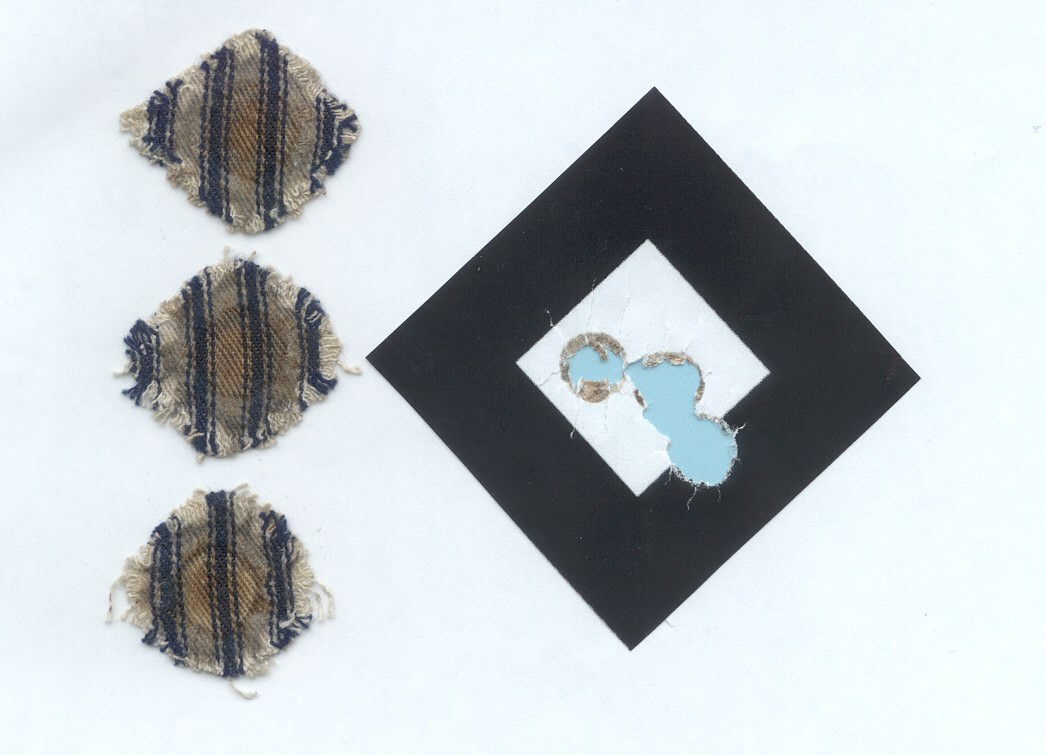Erwan
50 Cal.
Hi,
That's absolutely right: the good patch is the patch wich seems good enough that you can shoot again with, this is the firs thing to observe after shooting.
About the lube, for me the best, is simply the "beef foot oil" (this a good lube an cleaning when shooting with patched round bullets) and like you never the saliva...
I don't use any, lubed or not, felt pad, but why not, only the result is important...
Have a nice day.
That's absolutely right: the good patch is the patch wich seems good enough that you can shoot again with, this is the firs thing to observe after shooting.
About the lube, for me the best, is simply the "beef foot oil" (this a good lube an cleaning when shooting with patched round bullets) and like you never the saliva...
I don't use any, lubed or not, felt pad, but why not, only the result is important...
Have a nice day.





